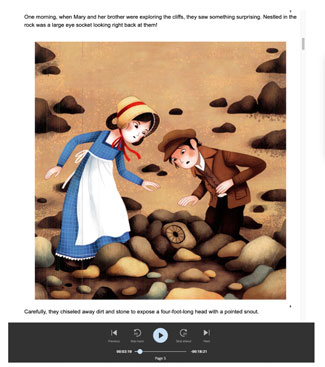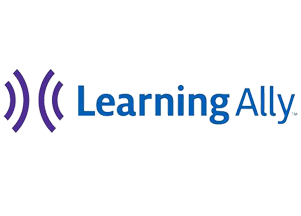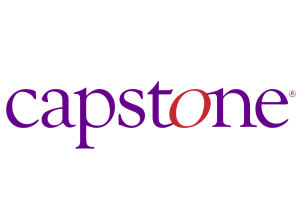TK-12
Learning Ally
Learning Ally produces and maintains a library of educational accessible audiobooks for people who cannot effectively read standard print because of visual impairment, dyslexia, or other disabilities.
Learning Ally is popular for its extensive library of human-narrated audiobooks, tailored to students with learning differences like dyslexia and visual impairments. It enhances accessibility through assistive technology, such as the Learning Ally Link app, and supports parents and educators with resources like webinars and classroom tools. With over 75 years of service, it has established a reputation for improving literacy and fostering equitable learning opportunities.
Learn more about Learning Ally.
Free in Clever
Key Accessibility Features
- Audiobook Access: Provides unlimited access to a library of human-read audiobooks tailored for students with reading-based learning differences, like dyslexia.
- Grade-Level Content: Helps students engage with grade-appropriate material to build comprehension and literacy skills.
- Enhanced Learning: Audiobooks focus on improving visualization, focus, and independent reading.
- Development: Builds vocabulary, background knowledge, and comprehension of a story
What does the course look like?


Reading App Comparisons
Clever offers access to various reading platforms, each with unique features and benefits for our families. Here’s a breakdown of Reading Ally, Sora, Capstone, and Teaching Books to help you decide which might work best for different learning needs.

- Best for: Students needing additional support. especially those with learning disabilities.
- Features:
– Provides a range of audiobooks and text-to-speech functionalities, which can support students who have trouble with reading fluency or comprehension.
– Offers tools for comprehension and vocabulary building. - Unique Advantages: Customizable accessibility features for students who may struggle with traditional text.
- Challenges: Limited content for younger students or more advanced readers.

- Best for: Schools with library resources looking for an eBook lending model.
- Features:
– Connects to public libraries, allowing students to borrow books at no cost.
– Offers thousands of books across genres and grade levels. o Allows teachers to monitor student progress and reading habits. - Unique Advantages: Access to a wide selection, integration with public library catalogs, and a focus on digital borrowing.
- Challenges: Limited to what’s available in the library and may have wait times due to the borrowing system.

- Best for: Interactive storytelling, project-based learning, and younger readers who benefit from engaging media.
- Features:
– Multimedia elements like animations, audio, and clickable content encourage active engagement.
– Allows for a deeper immersion in stories and educational material. - Unique Advantages: Highly engaging for visual and kinesthetic learners, particularly helpful for introducing literature or concepts in a more dynamic format.
- Challenges: Limited selection for older students or traditional literature needs.

- Best for: Supplementing classroom reading with author insights, book guides, and related resources.
- Features:
– Author interviews, book guides, and lesson plans.
– Encourages students to explore books more deeply with discussion guides and activity suggestions.
– Helps teachers build curriculum connections and integrate books into lessons. - Unique Advantages: Excellent for preparing classroom discussions and aligning books with educational goals.
- Challenges: Primarily a supplementary tool rather than a standalone reading library.

